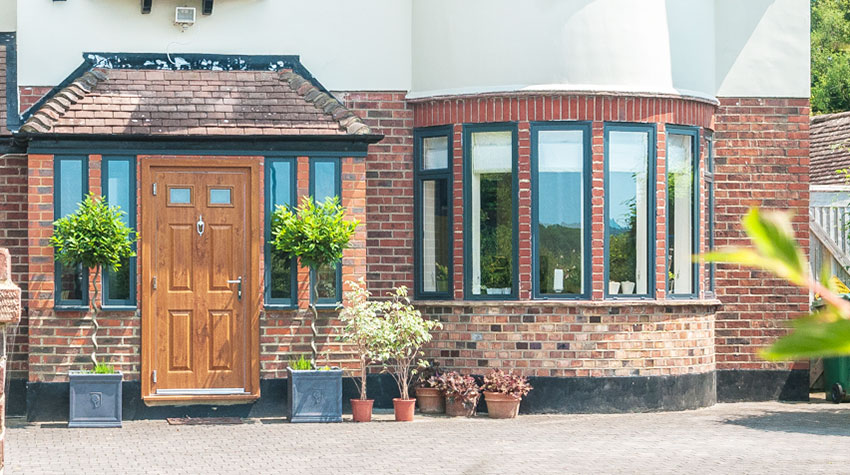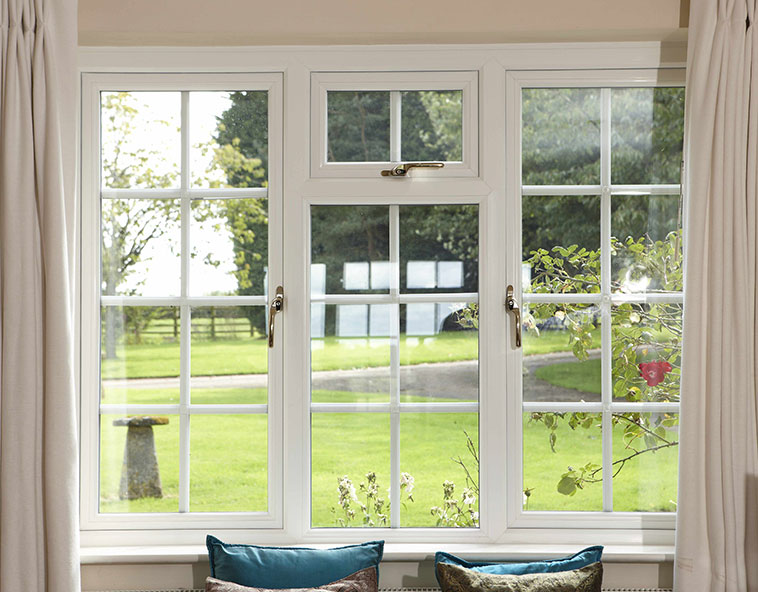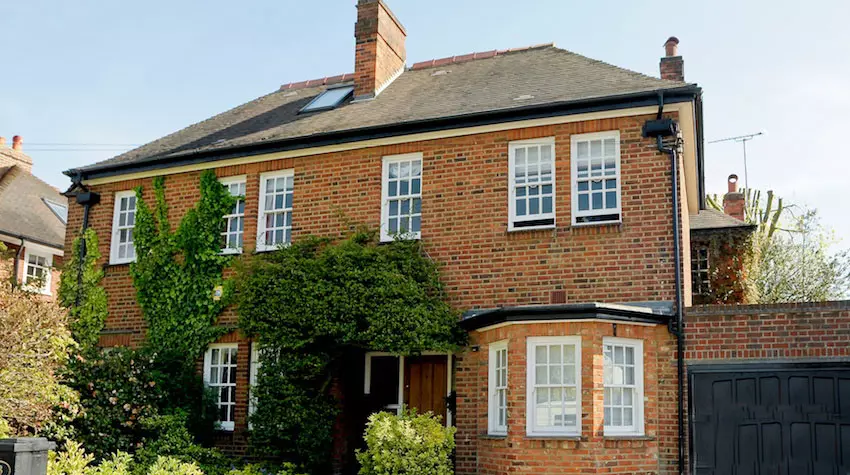Replacing existing Double Glazing Units, Windows and Doors? Or shopping around for new Double Glazing? You will know that glass is a critical part of Double Glazing.
The glass plays the biggest part in keeping your new windows and doors energy efficient.
It forms the largest part of most windows and doors. Glass is also required to provide very important safety features for all doors and particular locations of windows.

The provision of safety glass ensures safety comes first. Double Glazing Units – Why do doors and windows need safety glass?
It is a legal requirement that toughened safety glass must be fitted to all replacement doors. This legal requirement for toughened safety glass also extends to windows near floor level and other “critical locations”.
This safety glazing rule is laid down in The Building Regulations for England & Wales and gives clear information where toughened safety glass is required. The same rules apply when existing windows are being replaced or for new windows fitted into new buildings.

What are “critical locations” requiring safety glass?
In simple terms the critical area in a window or a door is the glazing that you are likely to come into contact with as you move around a house or commercial building. This possible contact with glass must ensure:
- glass must be shielded or protected from impact
- if glass is to break it must break in such a way that is not going to cause injury
- glass must resist impact without breaking.
So where is toughened safety glass needed?

For any single, double or triple glazed replacement windows or doors, the following types as well as locations will need safety glass.
- All glazing from the internal finished floor up to a height of 1500mm must be safety glass.
- All doors whether partly glazed or fully glazed must have toughened safety glass
- Any door side panels, flag windows or any type of window within 300mm of any door must also be safety glazed.
- Windows must be fitted with toughened safety glass where the window is within 800mm of the finished floor level internally.
- Top-lights above doors are not required legally to have toughened safety glass. However even with clear glass, the toughening process produces a different tint to the glass so we advise toughened glass in top-light areas as well

There are other areas where you may wish to consider the use of safety glass. If you are fitting a window near your bath or shower the finished floor level will actually be higher if taken from the shower tray or the bath itself.
Double Glazing Units – the difference between laminated glass and toughened safety glass?
Laminated glass is very much like the windscreen of your car. With laminated glass it is effectively two pieces of glass with a film in between. In the event of a glass breakage, whilst the glass will break it will hold together. Toughened glass uses a toughening process different from laminated glass.

Whilst it is hard to break toughened glass, should it break it will shatter into thousands of small harmless pieces. This again is similar to the side windows of a car which are toughened. If you have ever been unlucky enough to have a side window of your car broken, you will have noticed that it shatters into many pieces. This is toughened glass.
The choice of toughened or laminated glass is of-course up to you. Laminated glass tends to be more expensive and heavier than toughened glass. If you want maximum security laminated glass, it will hold together when broken unlike toughened.
Both types are suitable and acceptable under legal requirements and building regulations.
Visit our Double Glazing Showroom in Surrey for more help and advice